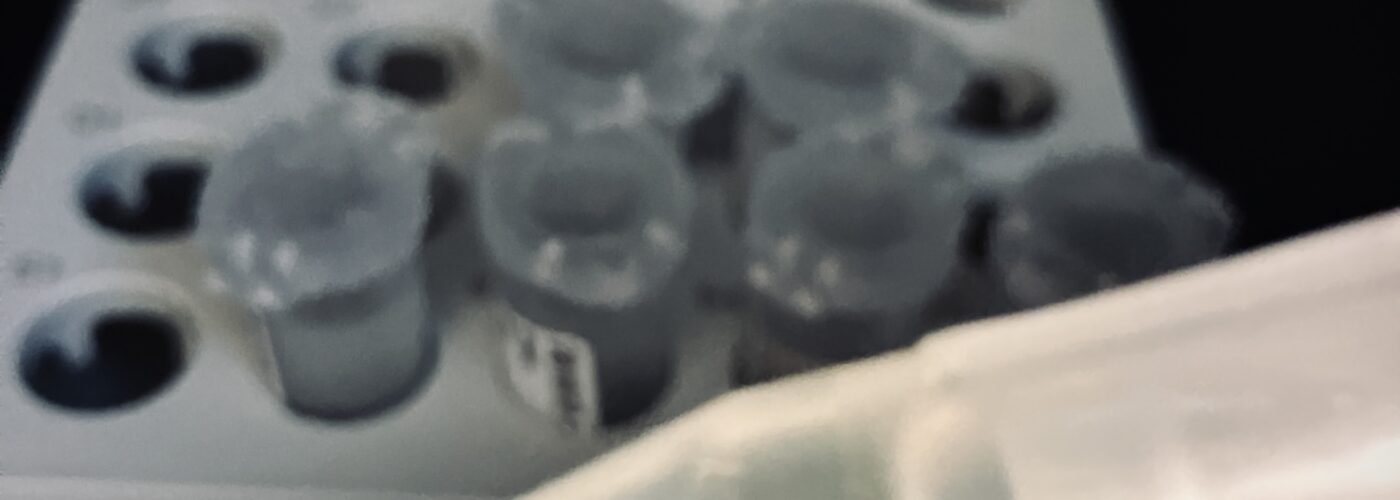Why Choose Tissue Clearing?
Traditional optical microscopy excels in capturing fluorescent markers in thin samples, but beyond a certain thickness (around 70-100µm), light penetration into biological samples diminishes. The varied refractive indices of compounds in biological tissue lead to light diffusion, causing a loss of resolution and signal intensity. Tissue pigments further impede penetration. Achieving tissue transparency involves homogenizing refractive indices to minimize light diffusion, often through methods like lipid elution or tissue decolorization, followed by immersion in a refractive index-matched solution compatible with the imaging system.
Tissue Clearing Methods
Various methods, categorized as organic solvent-based (e.g., iDISCO) or aqueous (e.g., RapiClear, CUBIC, Clarity), offer unique advantages. Organic solvent methods may compromise endogenous fluorescence, while aqueous methods preserve it to varying extents.
Choosing the Method and Imaging System
The method chosen depends on sample size, observed labeling (native fluorescent proteins or immunostaining), and the imaging system (confocal microscopy, light-sheet microscopy, etc.). For small samples (e.g., thick sections, spheroids, organoids), simple immersion in high refractive index solutions is recommended, preserving tissue integrity, fluorescence, and compatibility with immunofluorescent markers. Larger samples, like whole mouse organs, may benefit from the Clarity method, maintaining native fluorescent proteins and immunofluorescence compatibility despite causing tissue swelling. Light-sheet microscopy is ideal for imaging these larger transparent samples.
We can advise you on the method to use based on your samples and the most suitable imaging technique. iDISCO-type clearing can be done in collaboration with the histomics platform). We can also offer RapiClear clearing.

